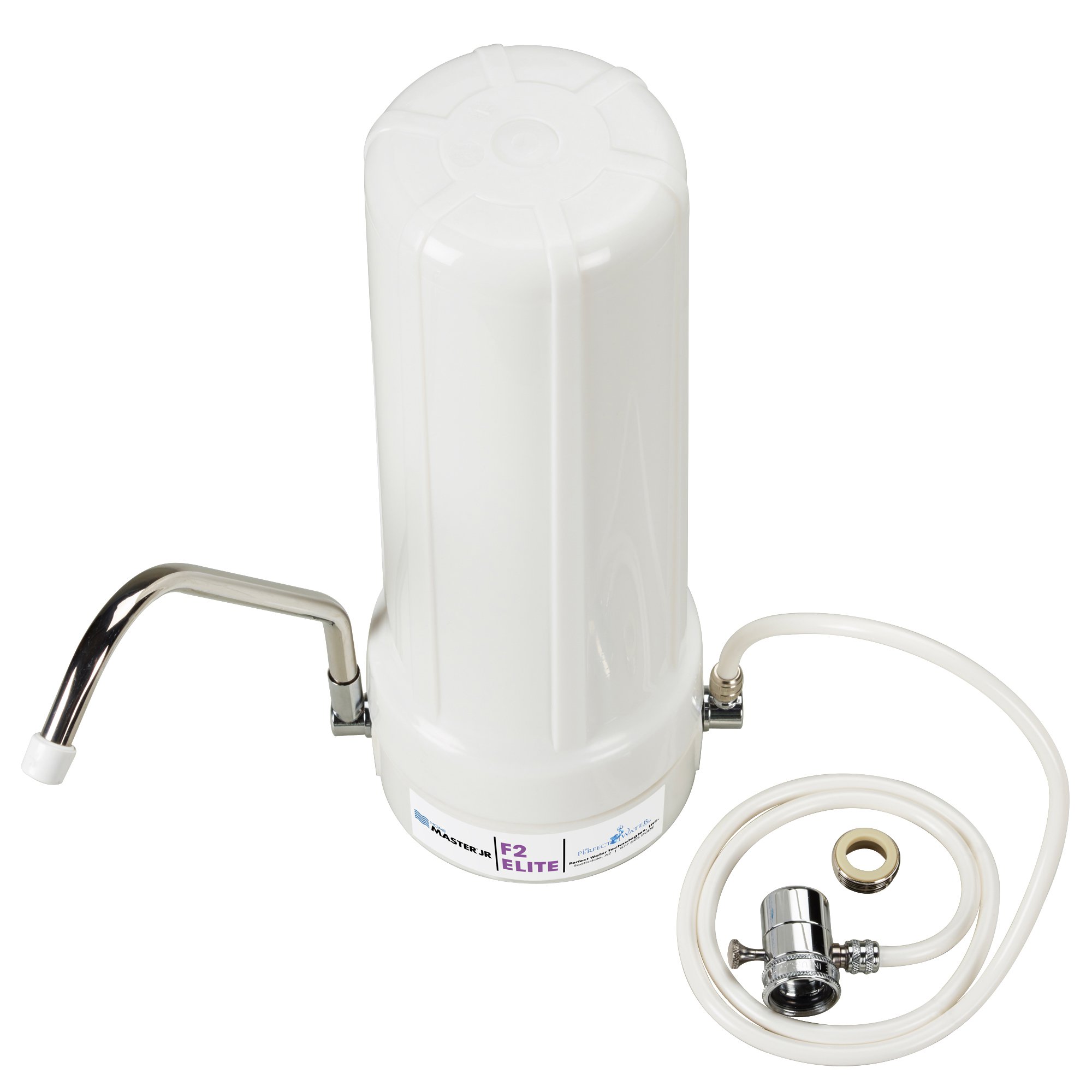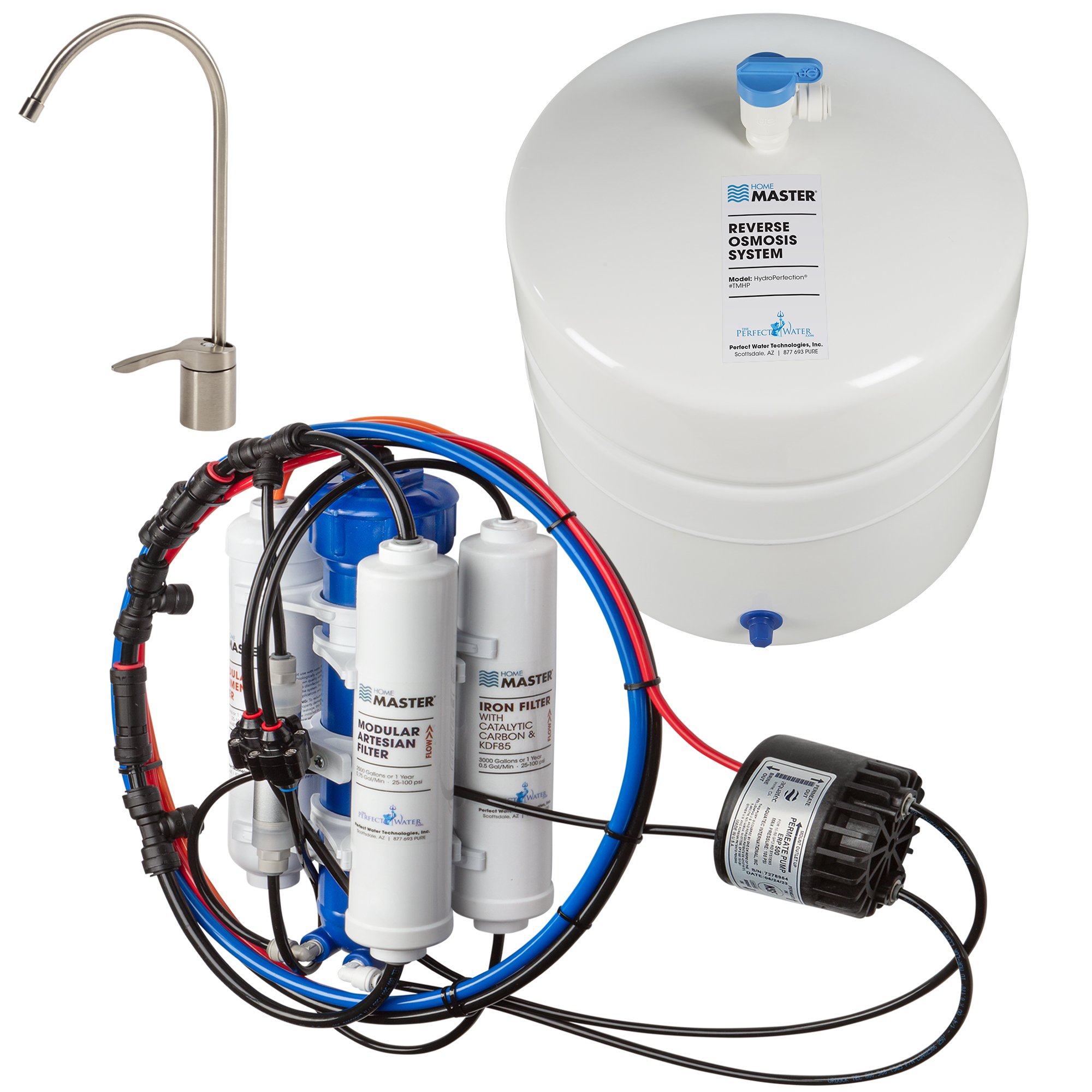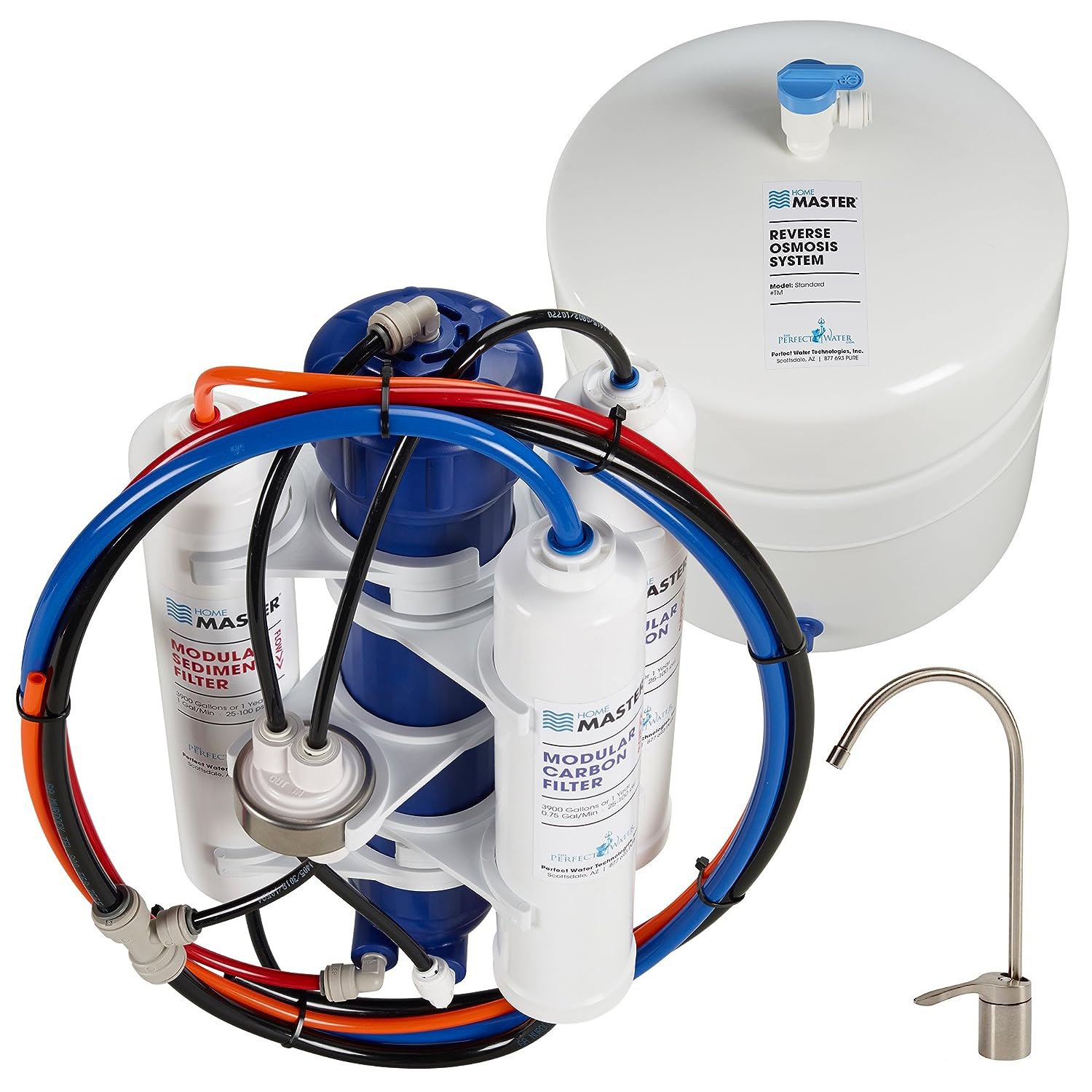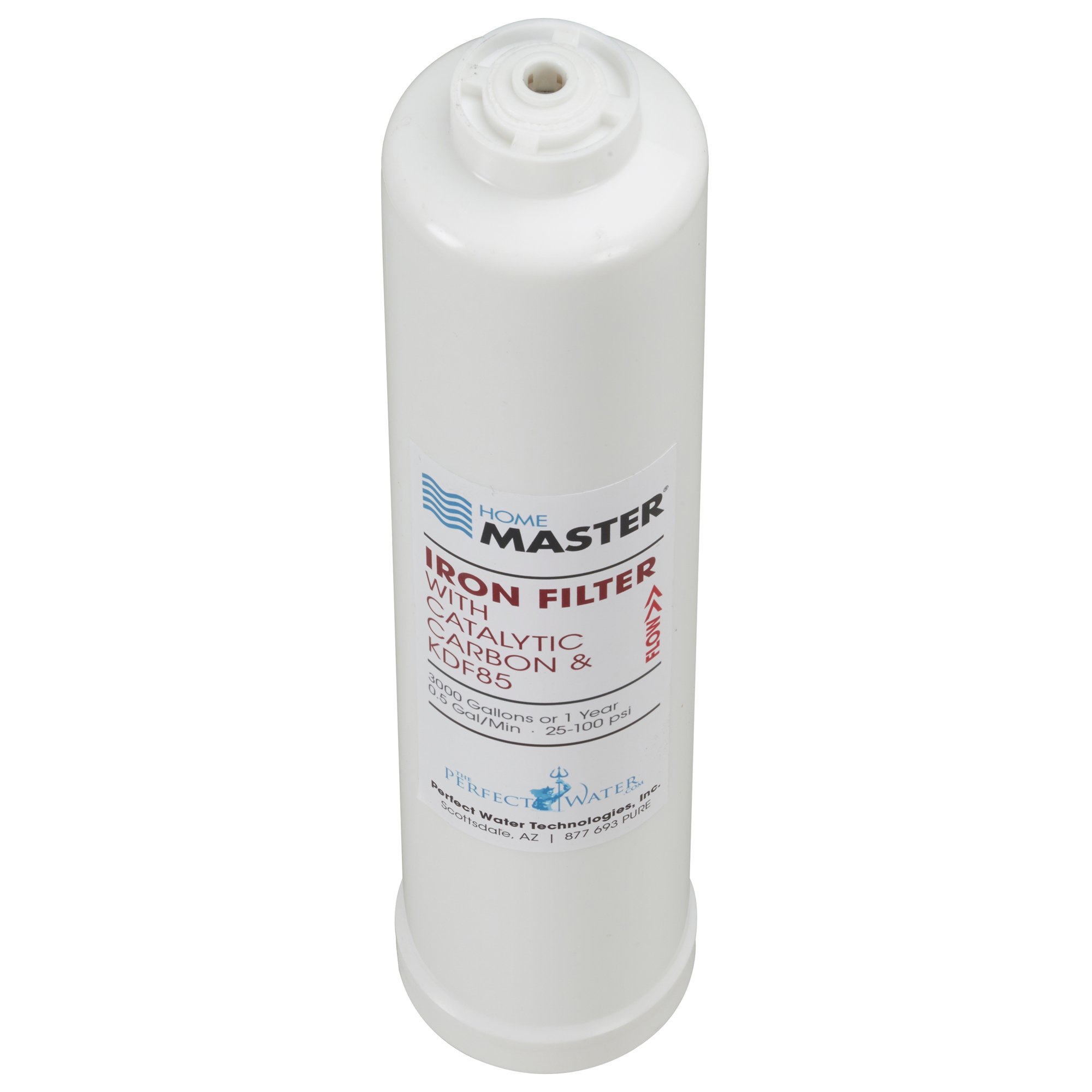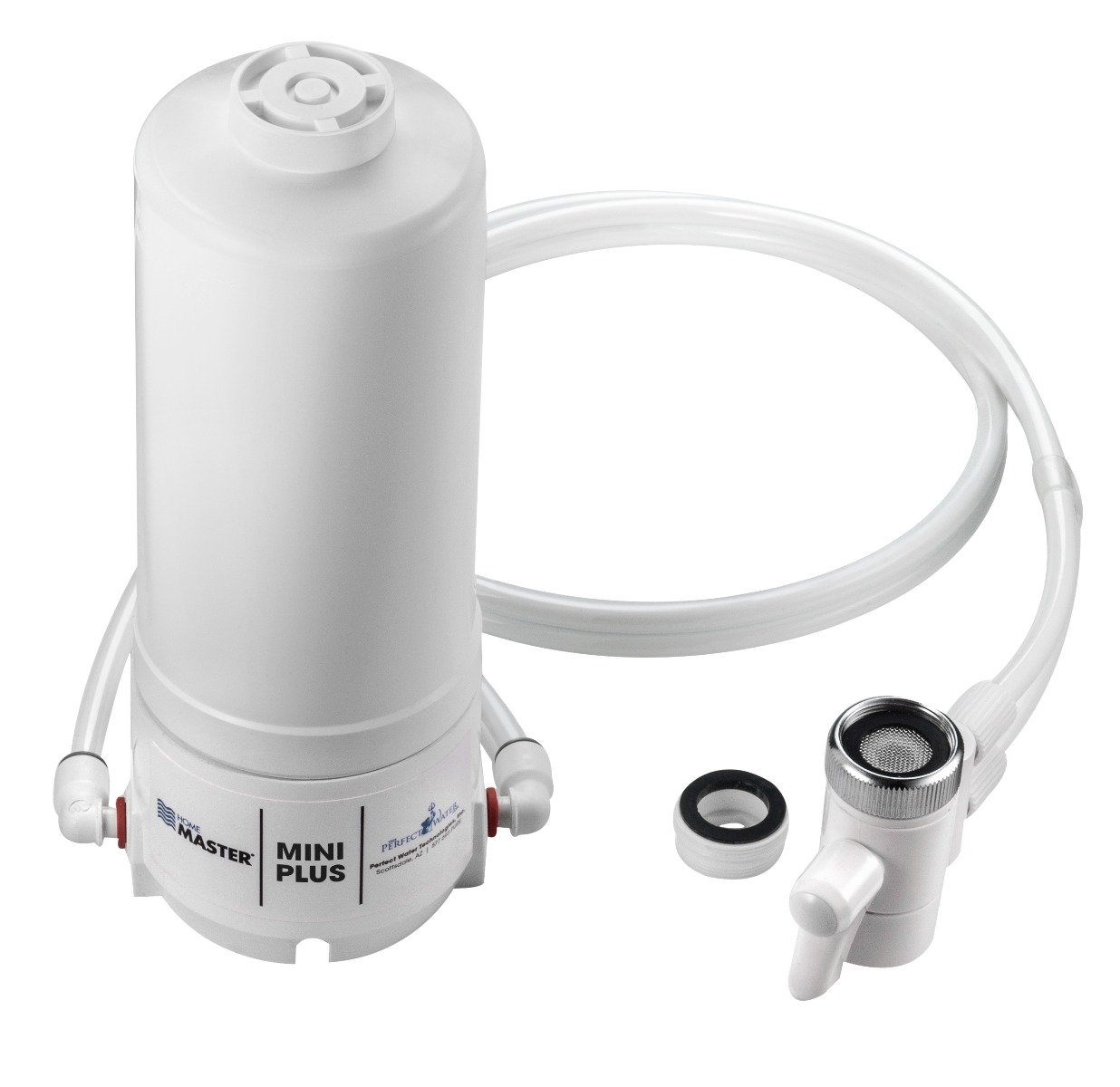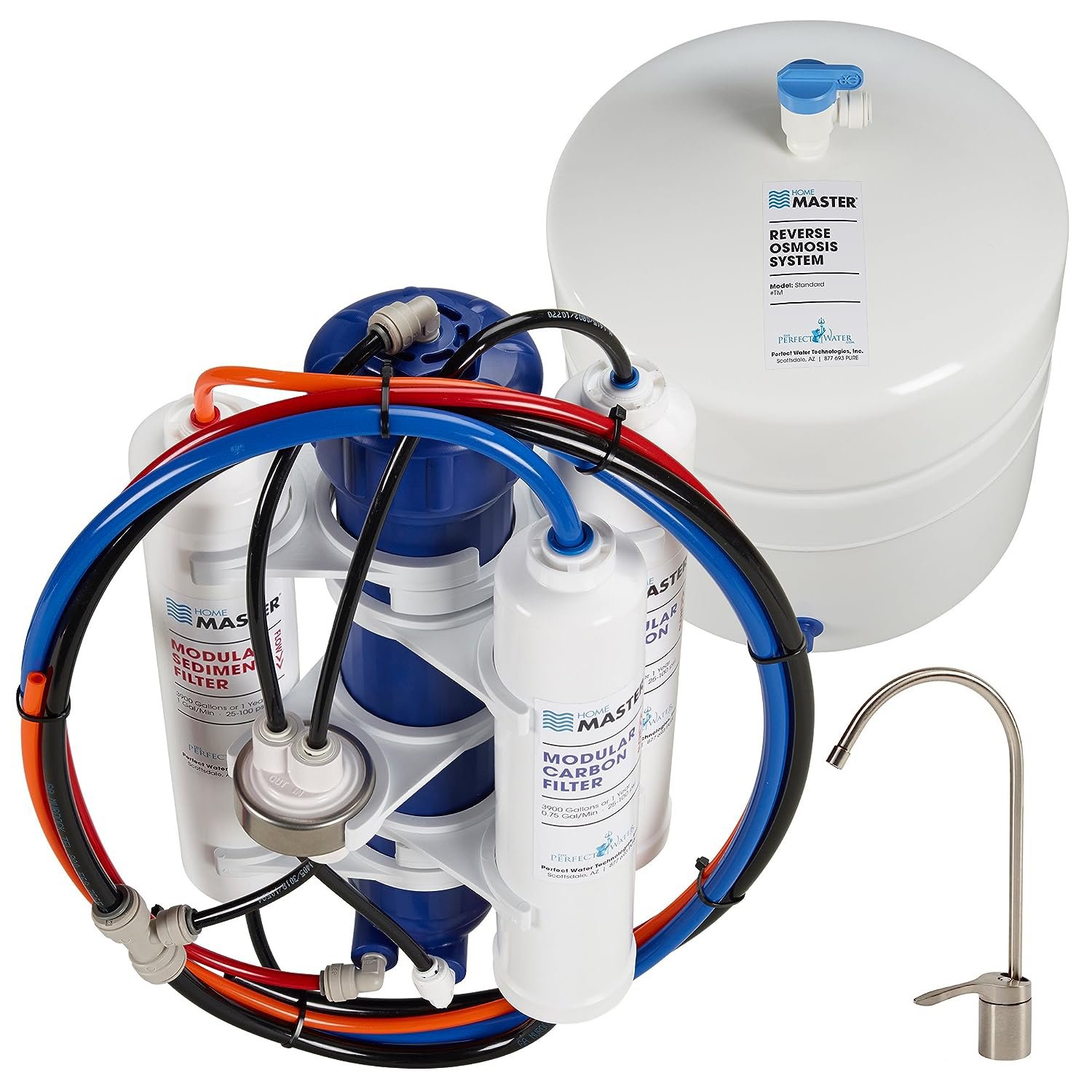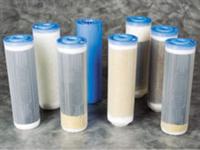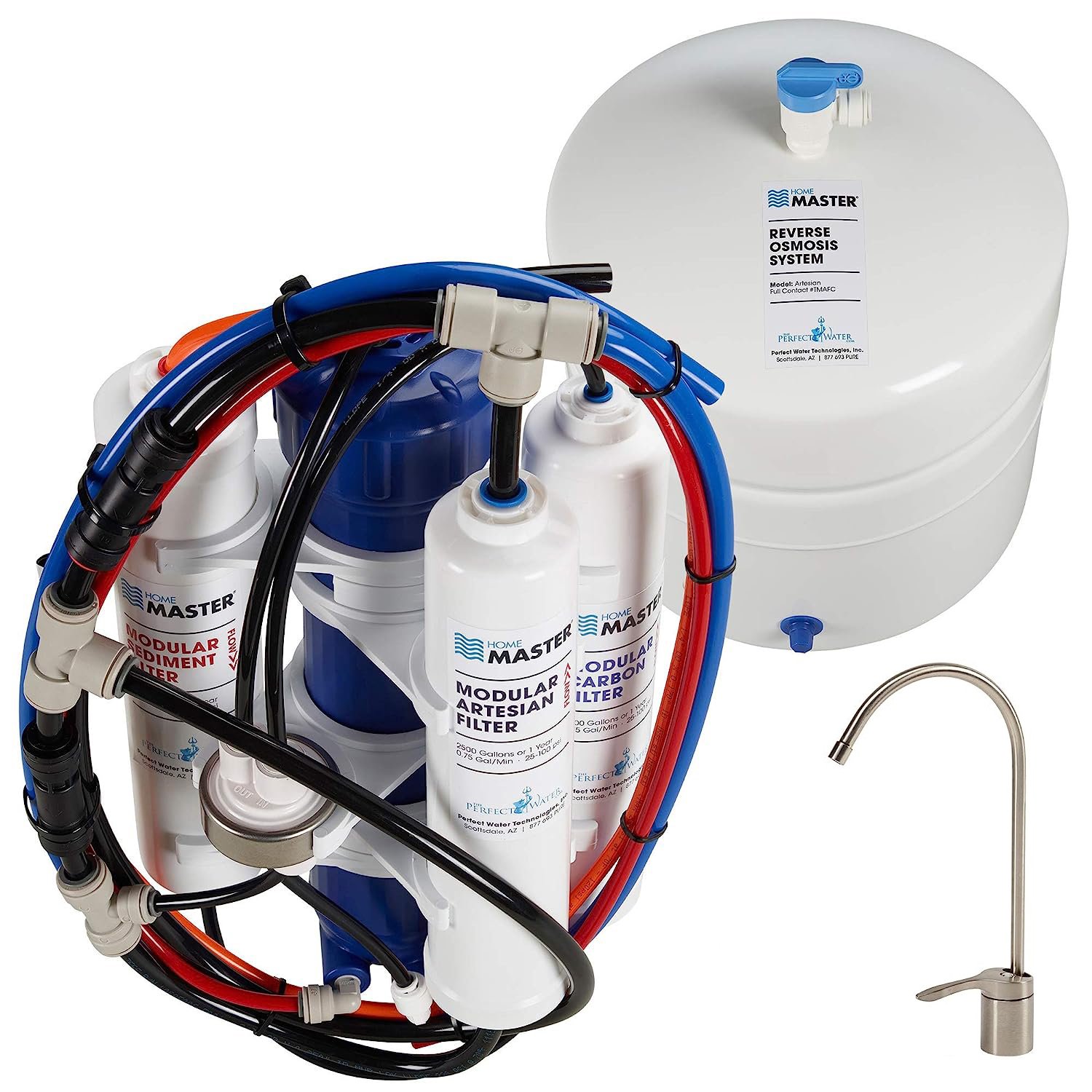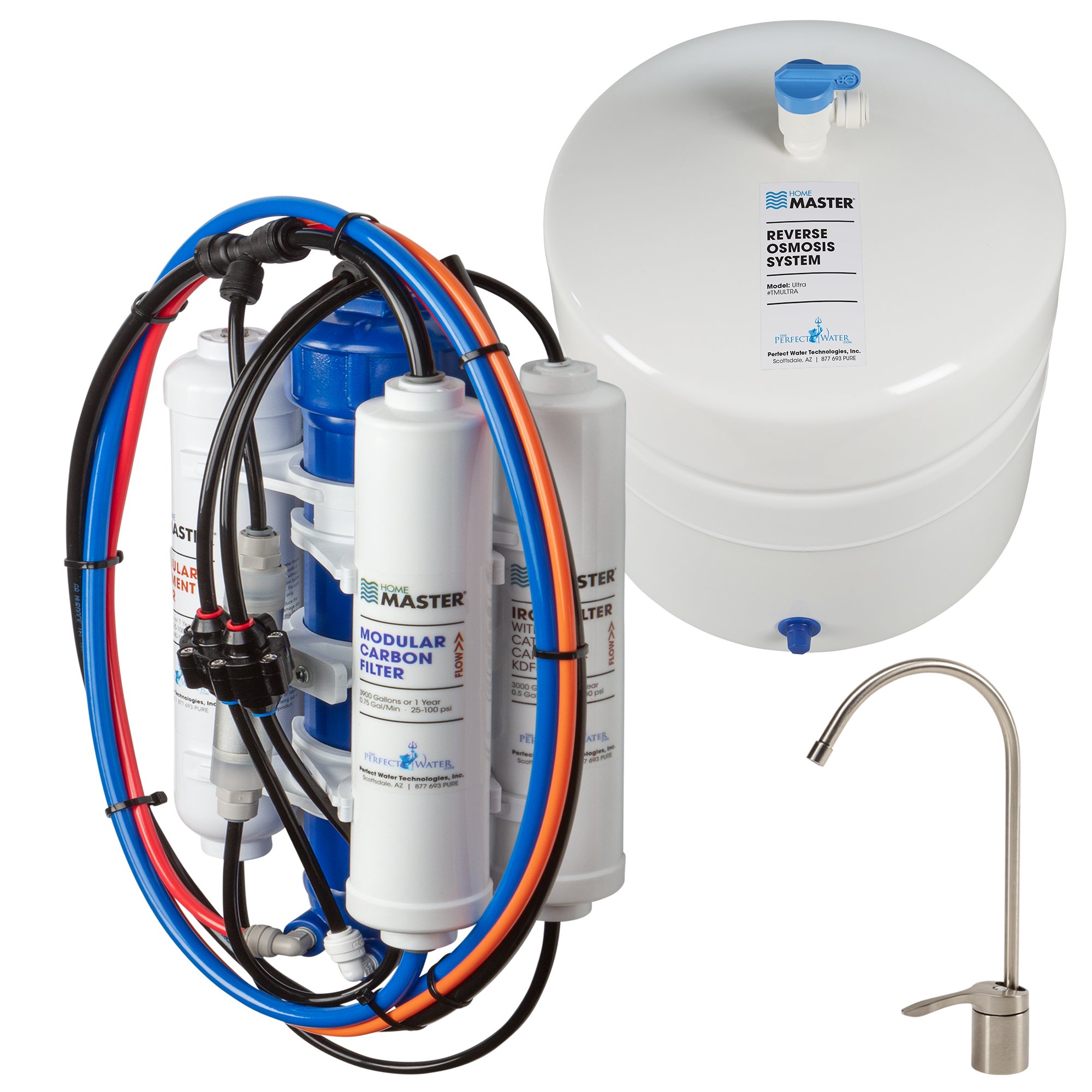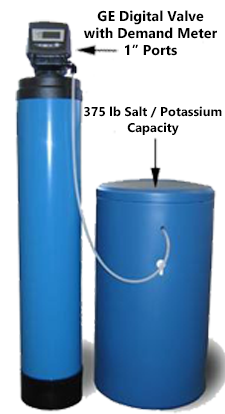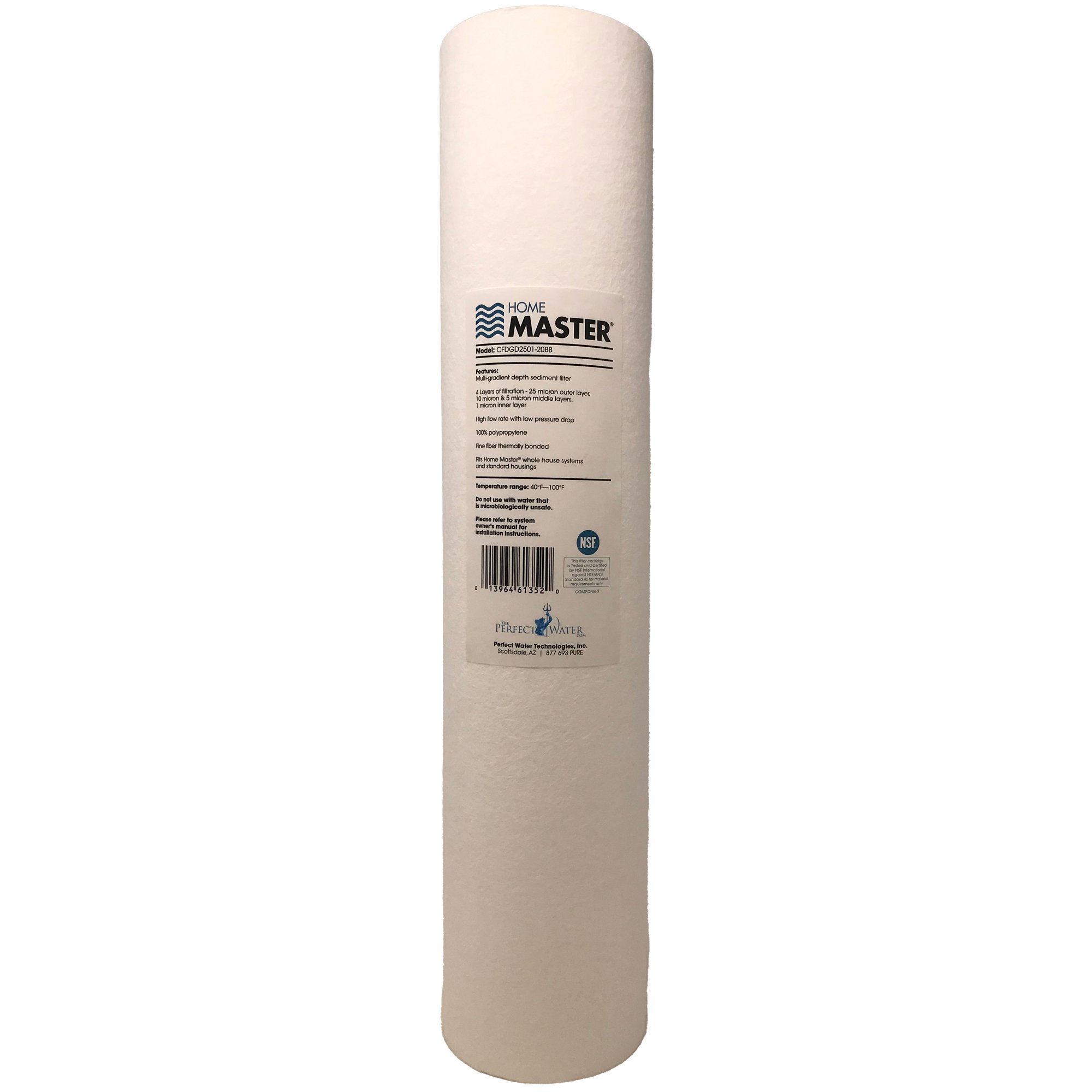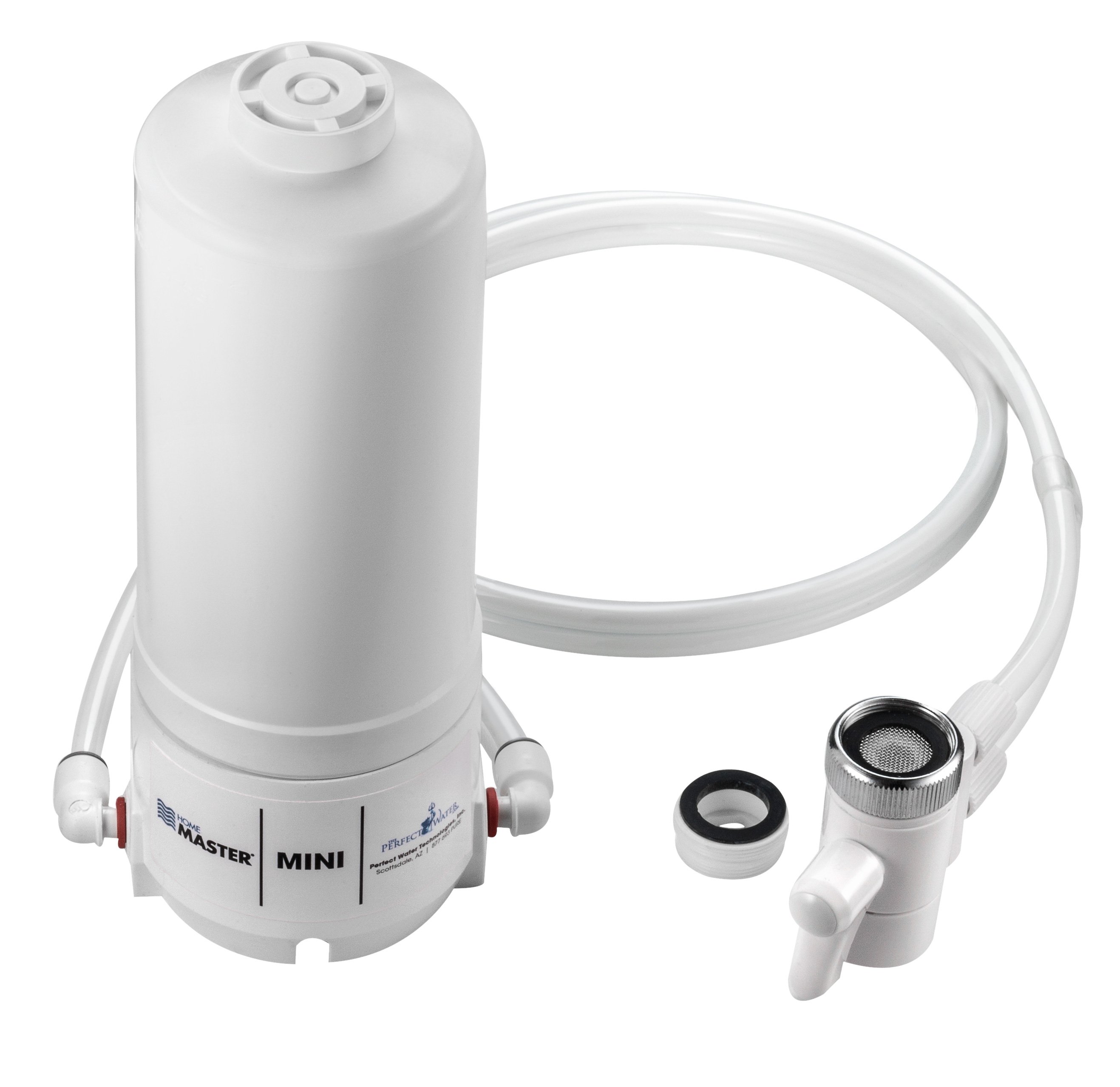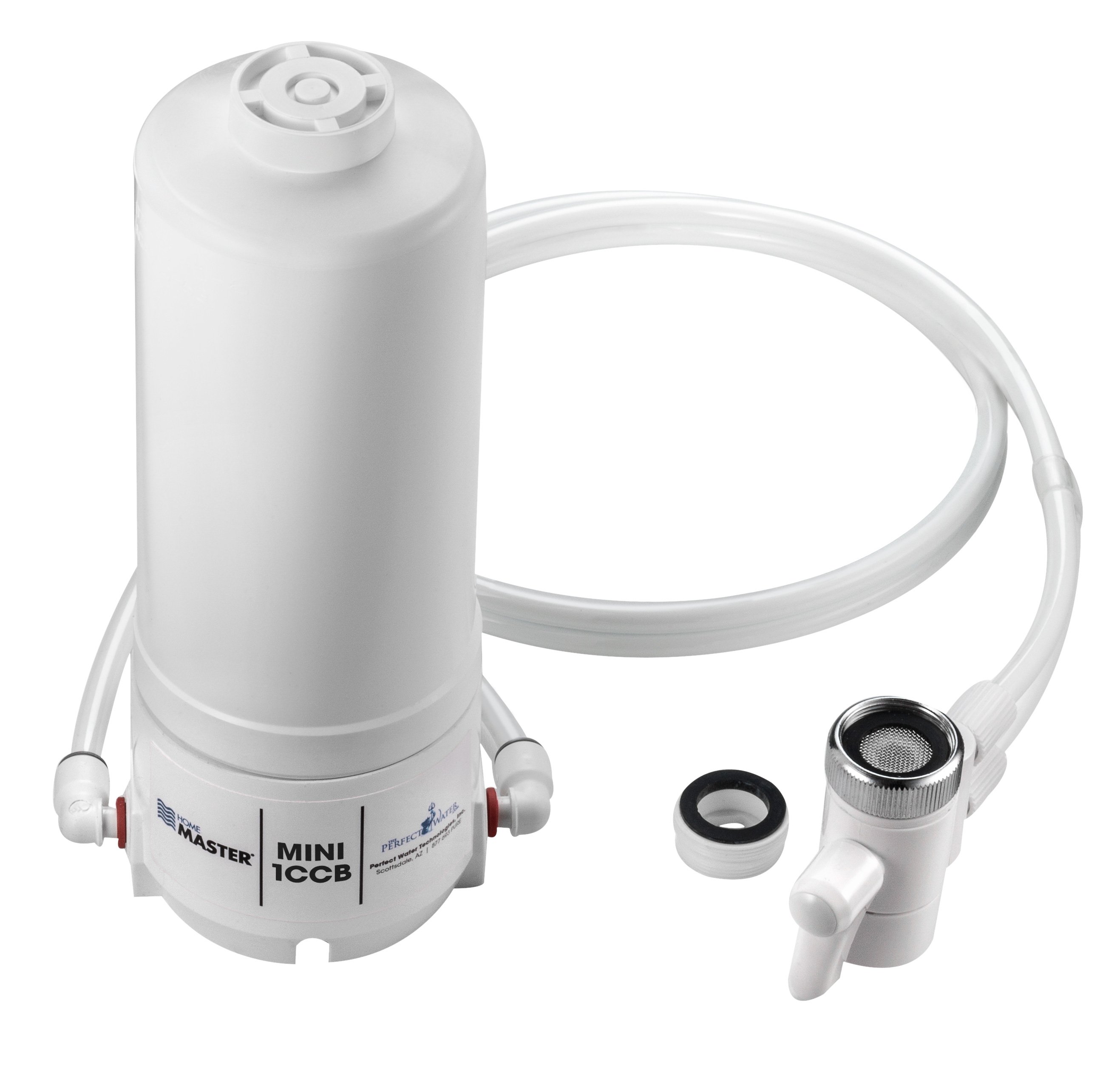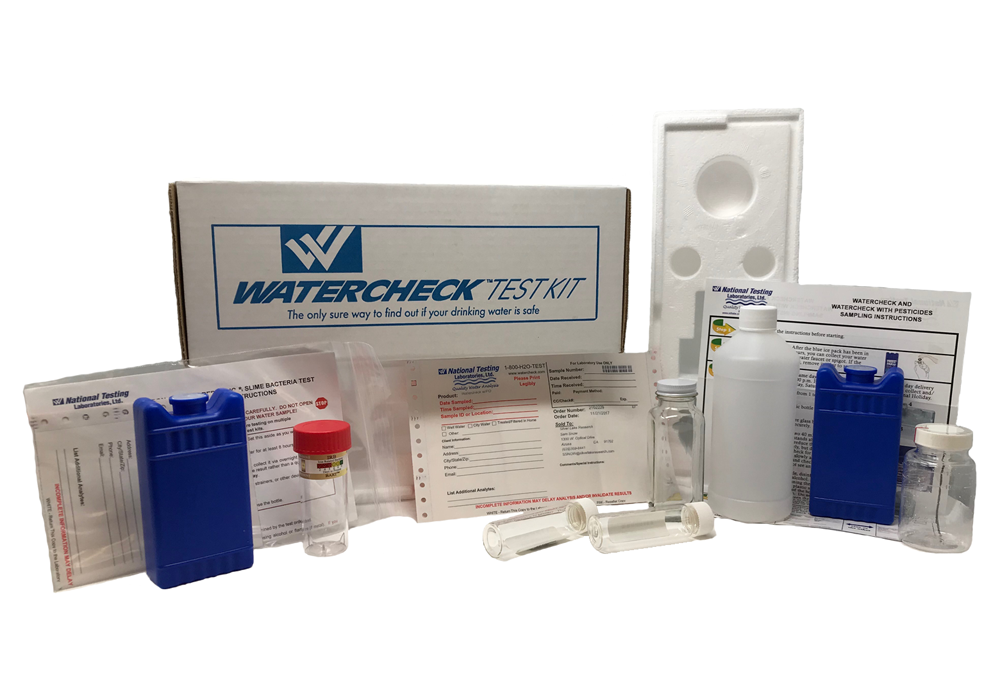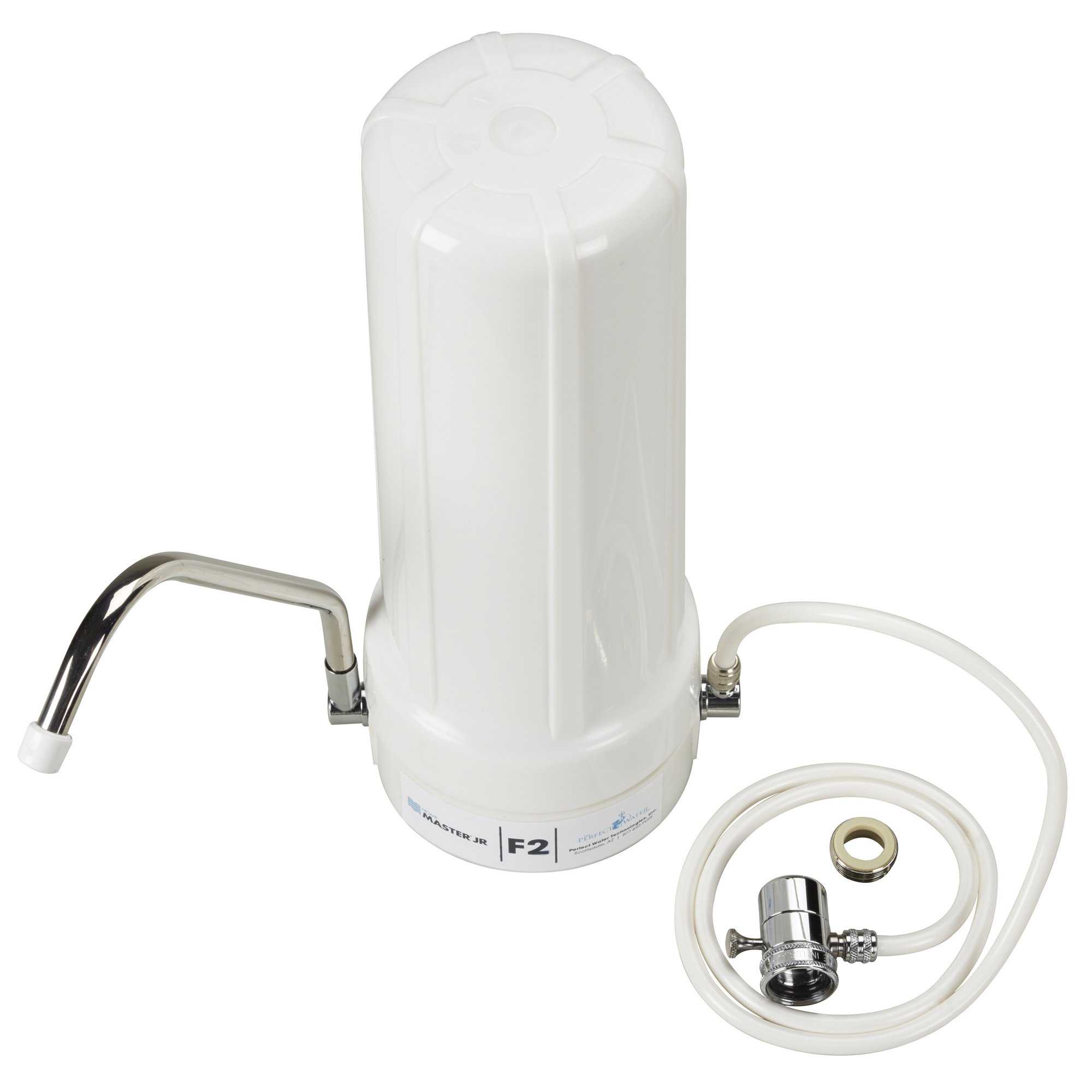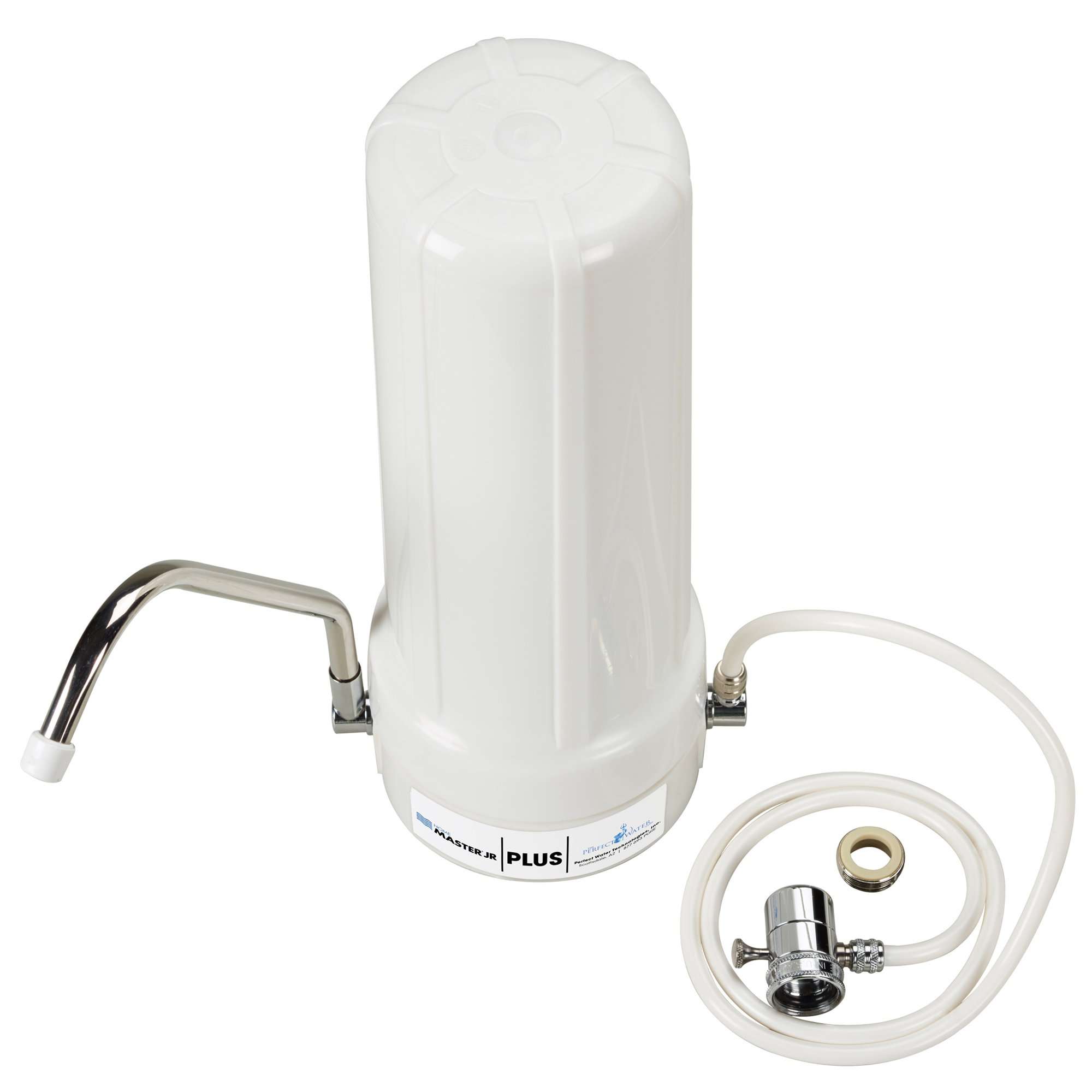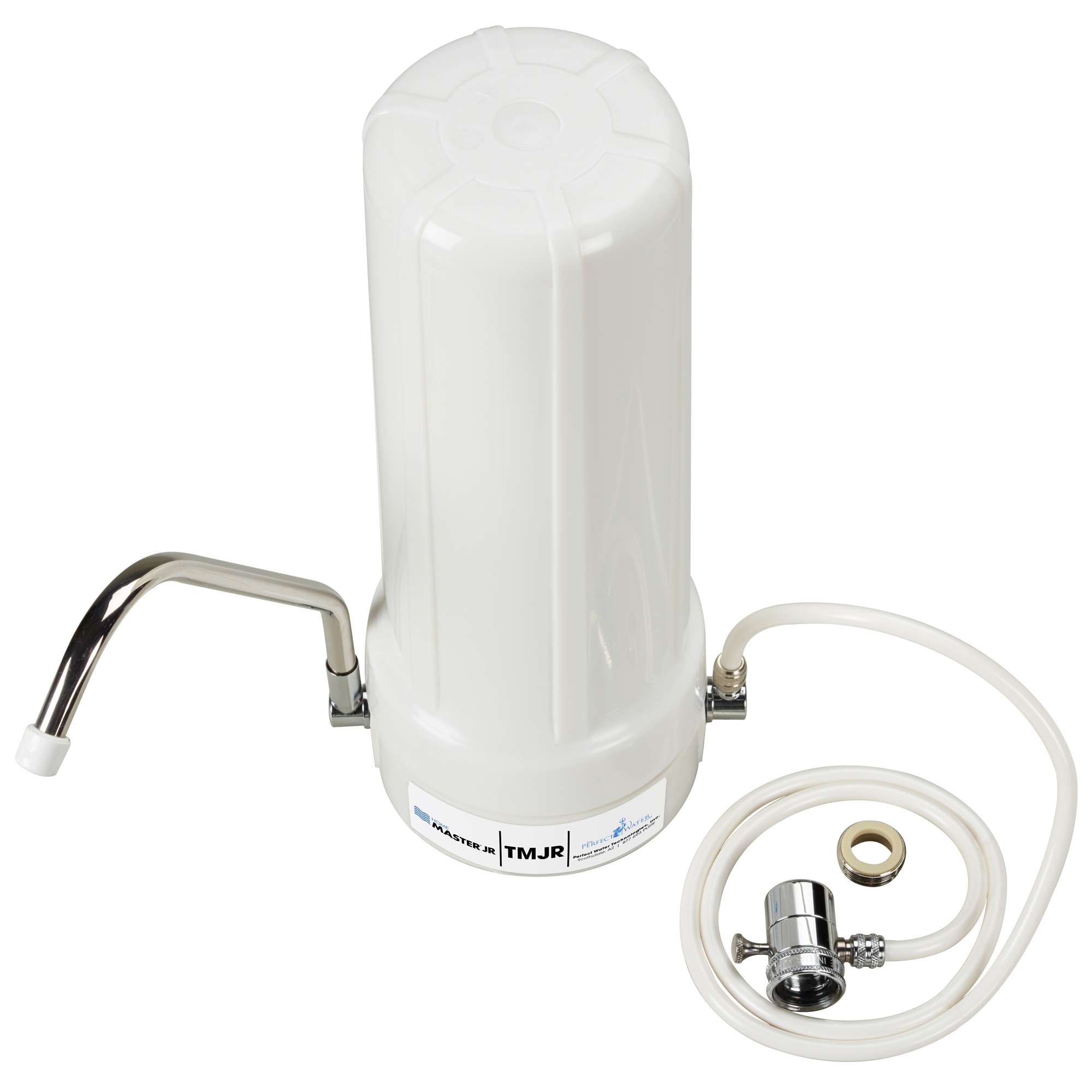- Fluoride
- Iron
- Lead
- Arsenic
- Calcium, Hardness
- Nitrates
- Chromium
- Radium
- Radon
- Uranium
- Sediment
- Chlorine
- Chloramine
- PFAS/PFOS
- Benzene
- Bromate
- VOCs (Volatile Organic Compounds)
- Bacteria/Virus/Cysts
- Copper
- Mercury
- Cadmium
- Manganese
- Herbicides
- Microplastics
- Aluminium
- Sulfates
- Ammonia
- Sodium
- MTBE
- Pharmaceutical residues
- Chlorinated solvents
- Tannins
- Perchlorates
- Phenols
- Hydrogen Sulfide (H₂S)
- Algal Toxins
Fluoride
Fluoride can occur naturally in tap water as sodium Fluoride. However more commonly it is added as hydrofluorosilicic acid. Besides water fluoridation hydrofluorosilicic acid is used for electroplating and tanning hides. Fluoride first became a topic of interest around 1901, where it was studied in local water sources. Scientists found the compound to have anti-cavity characteristics. However, in higher doses Fluoride can cause brain damage, cancer, and disrupt sexual development – especially in developing children. Water filters that remove fluoride are often employed as a measure of keeping fluoride levels in check.


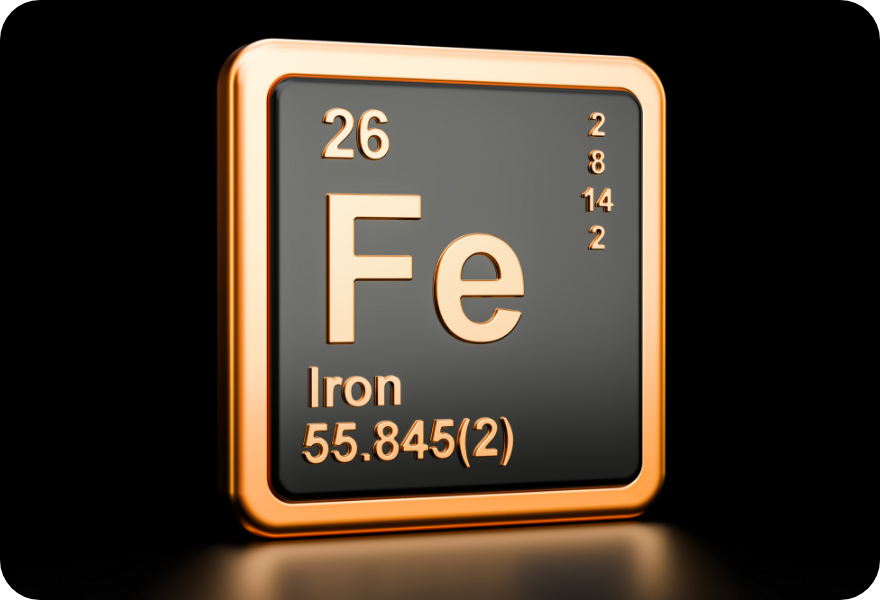

Iron
Number 26 on the periodic table of elements, Iron is most commonly found in 2 forms: soluble ferrous (clear-water iron) and insoluble ferric (red-water iron). While iron is an essential component of the human diet and supports oxygen transport in the blood. It is also considered a secondary aesthetic contaminant, because of its poor taste, odor, and staining qualities. Health concerns are possible at higher contamination levels.
Filters that help remove iron
Lead
Lead is found in the earth’s crust in small quantities (0.0013%), but it’s not considered a rare element. Lead can be found in piping and plumbing in older homes built before 1986, and rose to national prominence after the events in Flint, Michigan 2014. Lead is a highly toxic heavy metal that can be harmful to human health—leading to central nervous system damage, learning disabilities, short stature, impaired hearing, violent behavior, and disruption of formation/function of blood cells.


Arsenic
Arsenic is infiltrates groundwater supplies through natural processes, eventually contaminating aquifers used for drinking water. Low levels of the element pose a problem when consumed, and can have a carcinogenic affect.
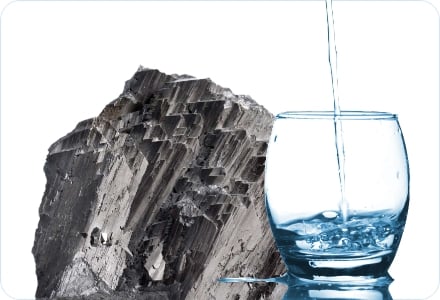

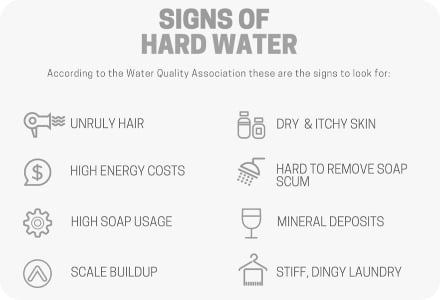

Calcium, Hardness
Calcium occurs naturally in fresh water and saltwater. Calcium is a primary element in determining a water's hardness and it's pH but is less impactful than magnesium. Calcium is usually white or pale yellow and is the 5th most abundant element in the earth’s crust. When excessive amounts are present in water supplies, dissolved calcium and magnesium hardness promotes scaling in pipes and appliances, negatively impacting - energy consumption and flow rate; and causing aesthetic problems such as spotting glassware. Calcium and magnesium minerals are essential for human health but are less bioavailable when drawn from water than the calcium and magnesium minerals found in cows' milk or other animal and plant sources.
Filters that help remove calcium, hardness
Nitrates
All rain and groundwater aquifers contain some level of nitrates derived from naturally occurring dissolved nitrogen found in our atmosphere and biome. Agricultural areas typically see elevated levels of nitrates from fertilizer runoff into local watersheds. Excess levels of nitrates in tap water are linked to several negative health effects in children, most notably methemoglobinemia or “blue-baby syndrome”. In general, nitrate consumption is thought not to represent a significant health risk to adults below the EPA’s RfD of 0.1mg nitrate per kg body weight/per day; however, well water contaminated with high levels of nitrates corelates and accompanies agricultural pesticides – a serious secondary issue. Some researchers suspect that consuming water high in nitrates may increase the risk of thyroid disease, diabetes, and certain types of cancer.


Chromium
Element number 24 on the periodic table, Chromium, is a blue-steel grey colored hard and brittle transition metal. The human body contains small quantities in human cells. There are two primary forms: trivalent, which is naturally occurring, and hexavalent which is produced in a chemical process. Hexavalent chromium is a carcinogen at certain levels, and studies are being conducted to evaluate its impact further.


Filters that help remove chromium
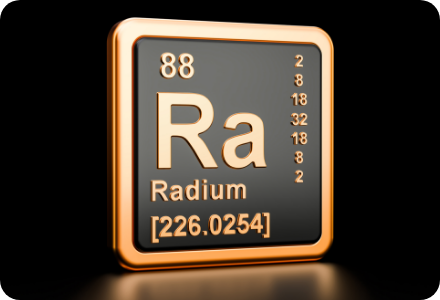

Radium
Radium is a naturally occurring radioactive substance, that is produced as Uranium decays over time. In groundwater, it is found in 3 ionic forms: Radium 224, 226, and 228. The potential for health effects depends on the amount present, time spent near the radioactive location, proximity to the source of the radiation, and whether any shielding is present. Accumulation is possible due to the extended rate of decay – example: Radium-228 (a beta-particle emitter) has a half-life of 5.75 years, and Radium-224 (a alpha-particle emitter) has a half-life of 1620 years.
Filters that help remove radium
Radon
A radioactive gas with no color, odor, or taste and comes from the natural breakdown of radioactive uranium in the ground. Radon is not found in surface level water, as is released into the air far before, but can be a danger when brought up from underground water tables (which affect those on a well water supplies). Radon exposure is responsible for 15% of lung cancer cases worldwide, 2nd only to smoking.
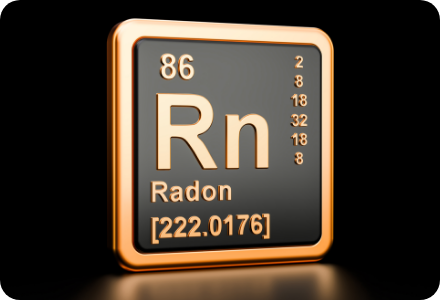



Uranium
Contrary to popular belief, uranium is a fairly common naturally occurring radioactive substance. It is found in rocks, soil, air and water. Uranium can appear in several compounds, and has been linked to carcinogenic effects like cancer, and even death in adult humans. Those who source their water from private wells should confirm the amout of uranium present through cost-effective water analysis.
Filters that help remove uranium
Sediment
A water's turbidity, or sediment levels are measured in NTU’s (Nephelometric Turbidity Unit), and can include any suspended material or substance, like particles of dirt, silt, dead organic matter, microplastics, air bubbles, etc. Excess levels of sediment can be associated with cloudiness or discoloration, and can be removed through mechanical means such as straining. Sediment can wreak havoc on household appliances and cause severe issues with drainage and stormwater passages. Sediment filtration is a crucial step in home water filtration to remove the aforementioned contaminates and prolong the life of subsequent filtration stages. Residents of high sediment hot-spots like New York City, should have adjusted expectations for sediment induced problems, or shorter sediment filter life.


RUPRECAN - Reusable RO Sediment Filtration
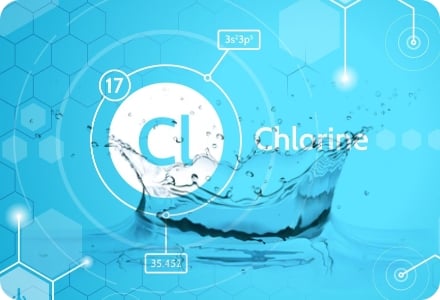

Chlorine
Chlorine has a nauseating odor. Chlorine gas has a greenish yellow color, and is used as a disinfectant by municipal water departments. Historically in higher concentrations, it was used as a chemical weapon. Biproducts of disinfection, in combination with the chemical, continue to pose potential health concerns, including lung injury, asthma, dementia, reproductive issues, dementia, and compromised immune system. Immediate signs of chlorine exposure are numerous, and include everything from shortness of breath, to a burning sensation in the nose, skin, throat, and eyes. However, widespread municipal water disinfection is a cornerstone of public health and has contributed to prolonging human life, reducing widespread sickness, and reducing infant mortality. Modern civilization owes a great deal to chlorine water disinfection.
Filters that help remove chlorine
Chloramine
A chemical disinfectant which is found in two different types: inorganic and organic. Chloramines are most often employed in public pools, and have been adopted by a growing number of public water utilities (used since the 1950’s) as a safer alternative to chlorine. Although less volatile than traditional chlorine, chloramine has been linked to skin rashes, redness, irritation, discoloration, scaliness, and flakiness. It can quickly break down gaskets and o-rings in home plumbing and appliances, leading to leaks and property damage when incorrect gasket materials area employed.
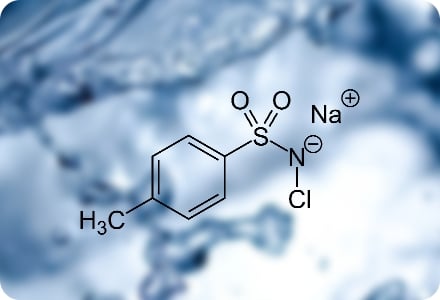

Filters that help remove chloramine


PFAS/PFOS
Synthetic chemical compounds (also known as “forever chemicals”), PFO and PFOAs have been popularized by their numerous uses in industrial and manufacturing processes, as they are resistant to water and lipids; perfluoroalkyl substances have been linked to impaired glucose metabolism in young adults. PFOs and PFOAs are found in everything from outdoor skis to indoor rugs. They are linked to several health risks including delayed puberty, liver problems, thyroid dysfunction, and immune disorders. Home Master RO systems are effective in reducing PFOAs.
Filters that help remove PFAS/PFOS
Benzene
A colorless or light-yellow liquid that has a sweet-smelling odor and is highly flammable. It is heavier than air, which causes it to sink into low lying areas – placing underground storage tanks and wells at exceptionally high risk. Benzene is formed naturally in volcanoes and forest fires, and by human chemical process for making plastics, resins, and synthetic fibers. Exposure to benzene in higher doses (over 26ppb) has been estimated to be linked to cancer in adults, children, and infants.


Filters that help remove benzene


Bromate
Commonly found in municipal drinking water, bromate is formed when ozone is used as a disinfection technique combines with naturally occurring bromide found in the source water. Bromate is a common carcinogen that has been banned all over the world outright, with the US being one of the only exceptions.
Filters that help remove bromate
VOCs (Volatile Organic Compounds)
VOC’s are carbon based chemicals that evaporate quickly and usually have no odor. Their effect is compounded in areas with inadequate air circulation like basements and factories. Manmade VOCs include paints, pharmaceuticals, refrigerants, dry cleaning agents, petroleum-based fuels, and other industrial solvents that contribute to greenhouse gas and dissolve into groundwater sources. Natural VOCs include nitrogen compounds (NOx), and vegetation as a source of isoprene. VOCs are a primary concern in places with poor ventilation, and have been linked to everything from headaches to liver, kidney, and central nervous system damage.


Filters that help remove VOCs
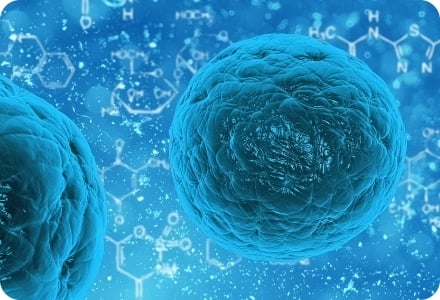

Bacteria/Virus/Cysts
The large majority of microbes are harmless, and even essential to the human gut biome – such living bacteria support a healthy immune system. Viruses, Bacteria, or parasitic microbes can be destroyed in drinking water by three common methods: chlorination/chemical disinfection/chloramine, Ultraviolet light, or ozone. Protozoan cysts are typically 2 to 50 microns in diameter and be removed by fine media filtration.
Filters that help remove bacteria/virus/cysts
Copper
Copper is an essential trace mineral for human health, but elevated levels in drinking water can pose risks. It typically enters water supplies through the corrosion of copper pipes, often accelerated by acidic water (low pH).
Excessive copper levels can lead to a metallic taste in water and may cause gastrointestinal distress, such as nausea or diarrhea. Prolonged exposure, particularly in sensitive populations like infants and individuals with Wilson's disease, can result in more serious liver and kidney damage. The EPA's maximum contaminant level goal (MCLG) for copper is 1.3 mg/L, emphasizing the need for regular monitoring and maintenance of water systems.


Filters that help remove copper
Cadmium
Cadmium, a toxic metal often introduced into drinking water through industrial processes, mining, and the corrosion of galvanized pipes, poses significant health risks. Even at low concentrations, cadmium exposure can lead to kidney damage, bone fragility, and an increased risk of cancer. The EPA has set the maximum contaminant level for cadmium at 0.005 mg/L in drinking water to safeguard public health. Chronic exposure is particularly hazardous, especially for vulnerable populations such as children and pregnant women. Identifying and addressing cadmium contamination is essential to ensure safe and healthy drinking water.
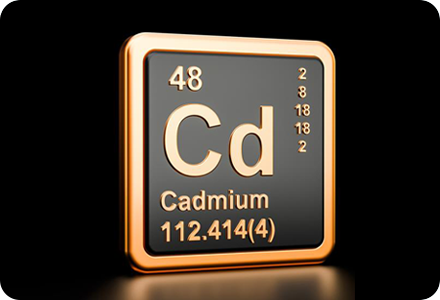

Filters that help remove Cadmium
Herbicides/Pesticides
Herbicides like glyphosate and pesticides such as atrazine often contaminate drinking water due to agricultural runoff and improper chemical disposal. Glyphosate, widely used in weed control, can infiltrate surface and groundwater, potentially affecting kidney and liver function with prolonged exposure. Atrazine, a common agricultural herbicide, has been linked to endocrine disruption, reproductive concerns, and other health risks even at low concentrations. The Environmental Protection Agency (EPA) regulates these contaminants, recommending maximum contaminant levels to minimize health hazards. Removing these chemicals typically involves advanced filtration methods like activated carbon, reverse osmosis, or multi-stage systems to ensure safe and clean drinking water.
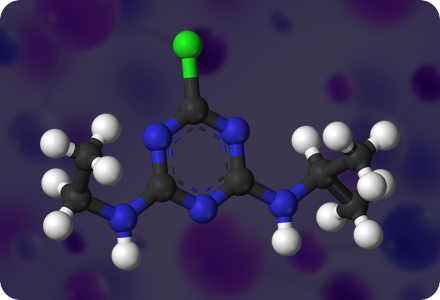

Filters that help remove Herbicides
Aluminium
Herbicides like glyphosate and pesticides such as atrazine often contaminate drinking water due to agricultural runoff and improper chemical disposal. Glyphosate, widely used in weed control, can infiltrate surface and groundwater, potentially affecting kidney and liver function with prolonged exposure. Atrazine, a common agricultural herbicide, has been linked to endocrine disruption, reproductive concerns, and other health risks even at low concentrations. The Environmental Protection Agency (EPA) regulates these contaminants, recommending maximum contaminant levels to minimize health hazards. Removing these chemicals typically involves advanced filtration methods like activated carbon, reverse osmosis, or multi-stage systems to ensure safe and clean drinking water.
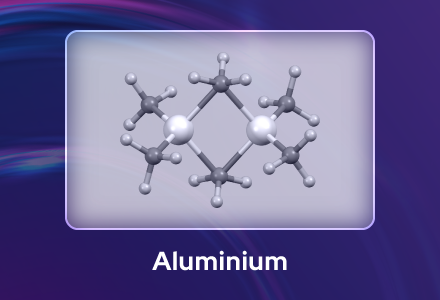

Ammonia
Ammonia is a nitrogen-based compound that can be naturally present in water due to the decomposition of organic matter or introduced through agricultural runoff, wastewater discharge, and industrial pollution. Municipal water treatment facilities often use ammonia in combination with chlorine to form chloramines, a disinfectant that helps control bacterial growth. However, ammonia itself can pose risks by promoting bacterial proliferation in water distribution systems. It can also react with other substances in water, forming potentially harmful byproducts. While not highly toxic at low concentrations, prolonged exposure to high ammonia levels may lead to respiratory issues and irritation of the eyes, nose, and throat.
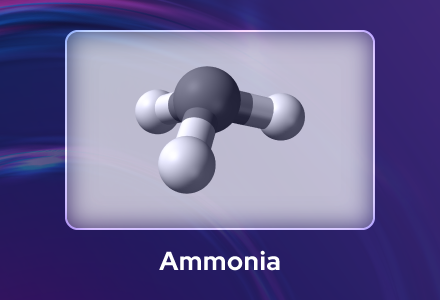

MTBE (Methyl Tertiary Butyl Ether)
Ammonia is a nitrogen-based compound that can be naturally present in water due to the decomposition of organic matter or introduced through agricultural runoff, wastewater discharge, and industrial pollution. Municipal water treatment facilities often use ammonia in combination with chlorine to form chloramines, a disinfectant that helps control bacterial growth. However, ammonia itself can pose risks by promoting bacterial proliferation in water distribution systems. It can also react with other substances in water, forming potentially harmful byproducts. While not highly toxic at low concentrations, prolonged exposure to high ammonia levels may lead to respiratory issues and irritation of the eyes, nose, and throat.


Filters that help remove MTBE (Methyl Tertiary Butyl Ether)
Perchlorates
Chlorinated solvents are widely used in industrial applications, including degreasing metals, dry cleaning fabrics, and manufacturing chemicals. These volatile organic compounds (VOCs) can leach into groundwater through industrial waste disposal, spills, and improper handling. Chlorinated solvents are classified as probable or possible carcinogens. Some of the most common chlorinated solvents found in water include trichloroethylene (TCE) and perchloroethylene (PCE), both of which have been linked to serious health effects. Prolonged exposure may cause nervous system disorders such as dementia, cerebral atrophy, and Parkinson's disease, and an increased risk of certain cancers such as leukemia, lymphoma, and urinary tract cancer. Since these solvents do not easily break down in the environment, they can persist in groundwater for decades, making contamination a long-term problem.
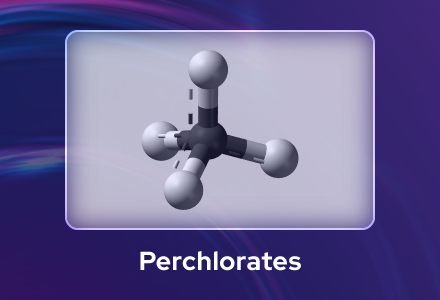

Hydrogen Sulfide (H₂S)
Chlorinated solvents are widely used in industrial applications, including degreasing metals, dry cleaning fabrics, and manufacturing chemicals. These volatile organic compounds (VOCs) can leach into groundwater through industrial waste disposal, spills, and improper handling. Chlorinated solvents are classified as probable or possible carcinogens. Some of the most common chlorinated solvents found in water include trichloroethylene (TCE) and perchloroethylene (PCE), both of which have been linked to serious health effects. Prolonged exposure may cause nervous system disorders such as dementia, cerebral atrophy, and Parkinson's disease, and an increased risk of certain cancers such as leukemia, lymphoma, and urinary tract cancer. Since these solvents do not easily break down in the environment, they can persist in groundwater for decades, making contamination a long-term problem.
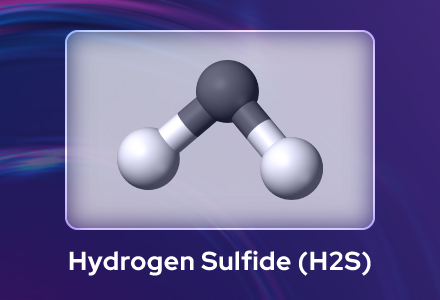

Filters that help remove Hydrogen Sulfide (H₂S)
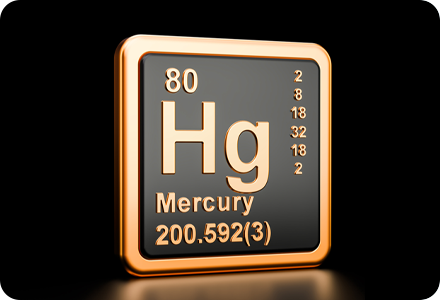

Mercury
Mercury is a toxic heavy metal that can enter drinking water through industrial runoff, mining activities, and the degradation of mercury-containing products. It is harmful even at low concentrations, with long-term exposure linked to neurological damage, kidney issues, and developmental problems in children. The EPA’s maximum allowable mercury level in drinking water is 0.002 mg/L. Chronic exposure can have severe effects, especially in pregnant women and young children, making it crucial to address mercury contamination in water.
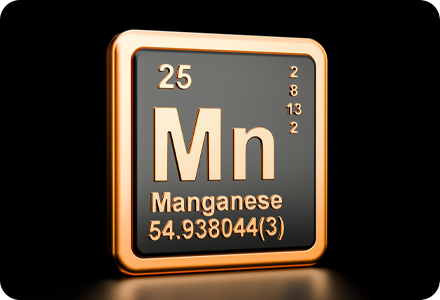

Manganese
Mercury is a toxic heavy metal that can enter drinking water through industrial runoff, mining activities, and the degradation of mercury-containing products. It is harmful even at low concentrations, with long-term exposure linked to neurological damage, kidney issues, and developmental problems in children. The EPA’s maximum allowable mercury level in drinking water is 0.002 mg/L. Chronic exposure can have severe effects, especially in pregnant women and young children, making it crucial to address mercury contamination in water.


Microplastics
Mercury is a toxic heavy metal that can enter drinking water through industrial runoff, mining activities, and the degradation of mercury-containing products. It is harmful even at low concentrations, with long-term exposure linked to neurological damage, kidney issues, and developmental problems in children. The EPA’s maximum allowable mercury level in drinking water is 0.002 mg/L. Chronic exposure can have severe effects, especially in pregnant women and young children, making it crucial to address mercury contamination in water.
Filters that help remove Microplastics
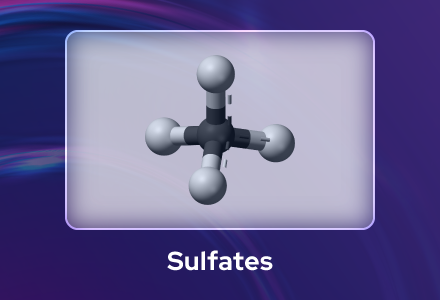

Sulfates
Sulfates are naturally occurring minerals found in soil and rock formations, particularly in regions with high concentrations of gypsum and other sulfate-containing compounds. They commonly enter water supplies through erosion, industrial waste, and agricultural runoff. While low levels of sulfate are generally safe, high concentrations can cause a laxative effect, leading to diarrhea and dehydration, especially in individuals unaccustomed to sulfate-rich water. In addition to health concerns, sulfates can cause a bitter or medicinal taste in water and accelerate the corrosion of pipes and appliances, potentially leading to secondary contamination from dissolved metals. The Secondary Maximum Contaminant Level (SMCL) for sulfate in drinking water is 250 milligrams per liter (parts per million) as established by the EPA.
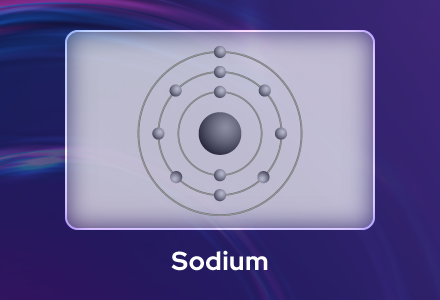

Sodium
Sodium in drinking water comes from both natural sources and human activities, such as road salt runoff, industrial processes, and water softening systems. While sodium is an essential nutrient, excessive intake through drinking water can be concerning, particularly for individuals with high blood pressure, kidney disease, or cardiovascular conditions. Water with elevated sodium levels may taste salty and affect the efficiency of water softeners and appliances. While sodium in water alone is rarely the sole cause of excessive intake, it can contribute to overall dietary sodium levels, making it an important consideration for health-conscious individuals. For individuals on a very low sodium diet (500 mg/day), the EPA recommends that drinking water sodium should not exceed 20 mg/L. In order to avoid adverse effects on taste, EPA recommends that sodium concentrations in drinking water not exceed 30 to 60 mg/L.


Pharmaceutical Residues
Pharmaceutical residues in drinking water result from improper disposal of medications, agricultural runoff from livestock treated with antibiotics, and human excretion of pharmaceutical compounds that are not fully broken down by the body. Commonly detected drugs include pain relievers, hormones, antibiotics, and antidepressants. While these compounds are typically present in trace amounts, their long-term effects on human health remain a growing concern. Continuous exposure, even at low concentrations, may contribute to antibiotic resistance, hormonal disruptions, and other unforeseen health effects such as breast and testosterone cancer. The presence of pharmaceuticals in water highlights the need for advanced filtration technologies to prevent contamination.
Filters that help remove Pharmaceutical Residues


Tannins
Tannins are naturally occurring organic compounds that result from the decomposition of plant material, particularly in wetlands, forests, and peat bogs. They often enter surface and groundwater through decaying leaves and vegetation. While tannins do not pose a direct health risk, they can significantly impact water aesthetics. Water containing tannins may appear yellow, brown, or tea-colored and have a bitter, astringent taste. Additionally, tannins can stain laundry, plumbing fixtures, and dishes, making them a nuisance for household use. Their presence in water can also indicate other organic matter contamination, which may contribute to bacterial growth.
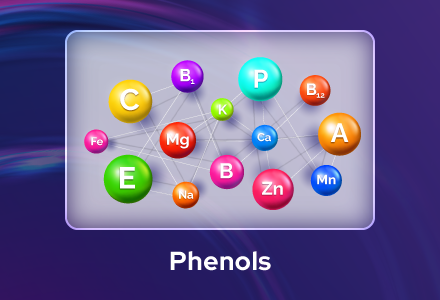

Phenols
Phenols are organic compounds used in the production of plastics, resins, and pharmaceuticals. They can enter drinking water through industrial discharges, wastewater treatment plants, and the degradation of synthetic materials. Phenols are known for their strong, medicinal odor and bitter taste, which can make water unpalatable even at low concentrations. Prolonged exposure to phenols has been associated with skin irritation, liver and kidney damage, and potential carcinogenic effects. Since phenols readily react with chlorine used in water treatment, they can form even more harmful byproducts, adding to the health risks.
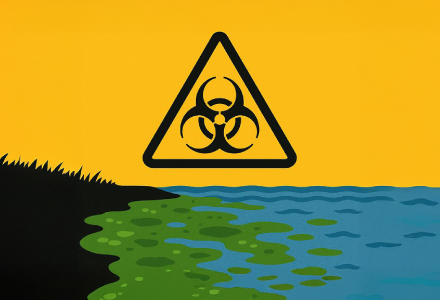

Algal Toxins
Algal toxins are harmful compounds produced by certain species of cyanobacteria (blue-green algae) during harmful algal blooms (HABs). These blooms occur in lakes, reservoirs, and other freshwater bodies, often fueled by excess nutrients from agricultural runoff and wastewater discharge. Algal toxins can cause a range of health issues, from skin rashes and gastrointestinal symptoms to severe liver and neurological damage. In extreme cases, exposure to high concentrations can be fatal. Due to climate change and increased nutrient pollution, harmful algal blooms are becoming more frequent, making it critical to monitor and control water sources affected by these toxins.
Chlorinated Solvents
Chlorinated solvents are widely used in industrial applications, including degreasing metals, dry cleaning fabrics, and manufacturing chemicals. These volatile organic compounds (VOCs) can leach into groundwater through industrial waste disposal, spills, and improper handling. Chlorinated solvents are classified as probable or possible carcinogens. Some of the most common chlorinated solvents found in water include trichloroethylene (TCE) and perchloroethylene (PCE), both of which have been linked to serious health effects. Prolonged exposure may cause nervous system disorders such as dementia, cerebral atrophy, and Parkinson's disease, and an increased risk of certain cancers such as leukemia, lymphoma, and urinary tract cancer. Since these solvents do not easily break down in the environment, they can persist in groundwater for decades, making contamination a long-term problem.


Footnotes, sources and citations
1. Fluoride:
-
Shocking Dangers of Fluoride And Ways To Stop It - Cancer Wisdom
-
The Story of Fluoridation | National Institute of Dental and Craniofacial Research (nih.gov)
2. Iron:
3. Lead:
4. Arsenic:
5. Calcium:
6. Radon:
7. Nitrate:
8. Chromium:
9. Radium:
10. Uranium:
-
HEALTH EFFECTS - Toxicological Profile for Uranium - NCBI Bookshelf (nih.gov)
-
What is Uranium? How Does it Work - World Nuclear Association (world-nuclear.org)
-
Uranium (U) - Chemical properties, Health and Environmental effects (lenntech.com)
11. Sediment:
12. Chlorine
13. Chloramines:
-
Chloramines 101 (texas.gov)
14. PFAS/PFOAs:
-
What Are PFOA and PFOs and How Dangerous Are They? | Environmental Pollution Centers
-
PFOA, PFOS, and PFAS: What You Need to Know | SimpleLab Tap Score (mytapscore.com)
15. Benzene:
16. Bromate:
17. VOC’s
18. Viruses, Bacteria, Cysts:


